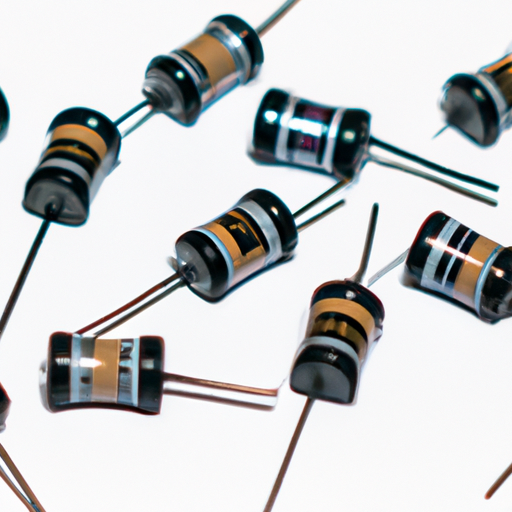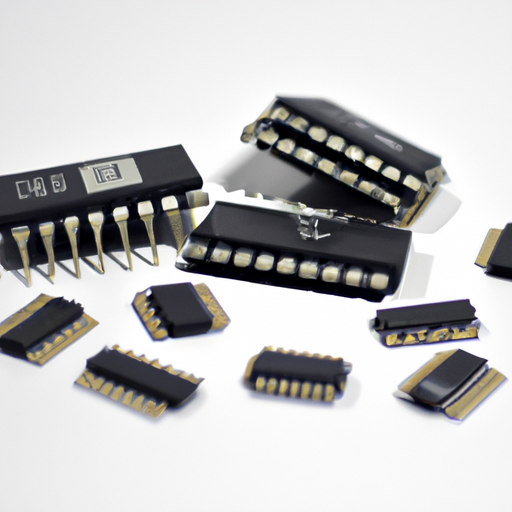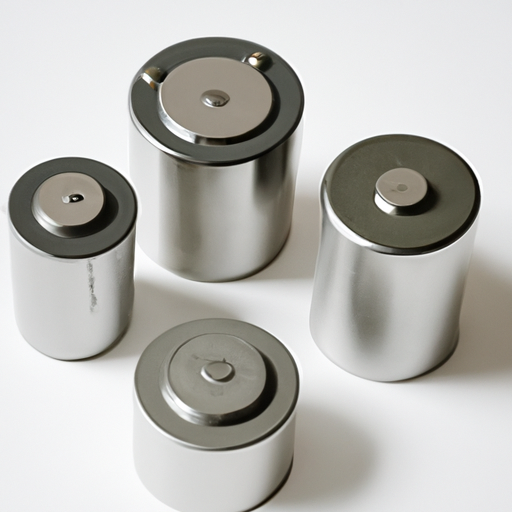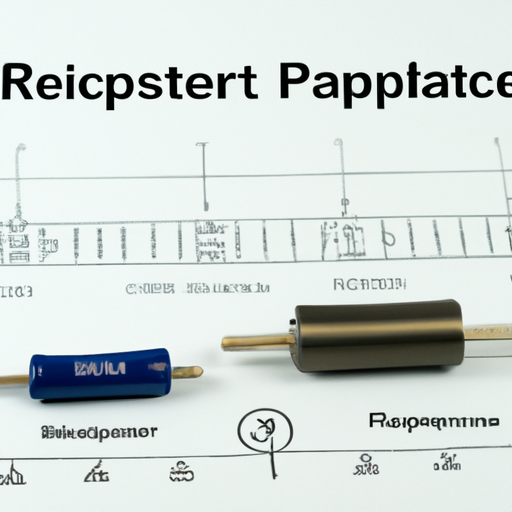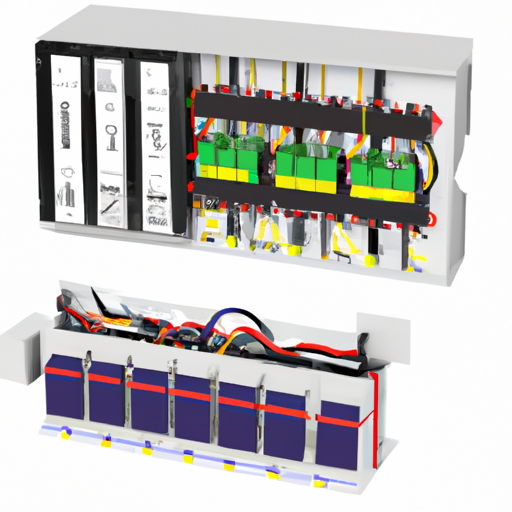How much does a capacitor cost? What is the current status of the industry?
How Much Does a Capacitor Cost? What is the Current Status of the Industry?
I. Introduction
Capacitors are fundamental components in electronic devices, serving as energy storage units that can release energy quickly when needed. They play a crucial role in various applications, from smoothing out voltage fluctuations in power supplies to enabling signal processing in communication devices. As the demand for electronic devices continues to rise, understanding the capacitor market's dynamics, including pricing and industry status, becomes increasingly important.
II. Types of Capacitors
Capacitors come in various types, each with unique characteristics and applications. Here’s a brief overview of the most common types:
A. Electrolytic Capacitors
Electrolytic capacitors are polarized components that offer high capacitance values in a relatively small package. They are widely used in power supply circuits, audio equipment, and other applications requiring significant energy storage.
B. Ceramic Capacitors
Ceramic capacitors are non-polarized and known for their stability and reliability. They are commonly used in high-frequency applications, such as RF circuits and decoupling applications in digital devices.
C. Film Capacitors
Film capacitors are made from thin plastic films and are known for their excellent performance in terms of stability and low losses. They are often used in audio equipment, power electronics, and timing circuits.
D. Tantalum Capacitors
Tantalum capacitors are known for their high capacitance-to-volume ratio and reliability. They are often used in applications where space is limited, such as in mobile devices and aerospace applications.
E. Supercapacitors
Supercapacitors, or ultracapacitors, are designed for high energy and power density. They are used in applications requiring rapid charge and discharge cycles, such as in regenerative braking systems in electric vehicles.
III. Factors Influencing Capacitor Prices
Several factors influence the pricing of capacitors, making it essential to understand the market dynamics.
A. Material Costs
The raw materials used in capacitors, such as aluminum, tantalum, and ceramic, significantly impact their prices. Fluctuations in the availability and cost of these materials can lead to price changes across the board. For instance, the price of tantalum has been volatile due to geopolitical tensions and supply chain disruptions.
B. Manufacturing Processes
The complexity of manufacturing processes also affects capacitor prices. Advanced technologies and precision manufacturing can increase production costs. However, economies of scale can help reduce costs for larger manufacturers, allowing them to offer competitive pricing.
C. Market Demand
The demand for capacitors is closely tied to trends in consumer electronics and industrial applications. As the market for electric vehicles, renewable energy, and smart devices grows, so does the demand for various types of capacitors, influencing their prices.
D. Geopolitical Factors
Trade policies, tariffs, and global events such as pandemics or conflicts can disrupt supply chains and impact capacitor prices. For example, the COVID-19 pandemic led to significant supply chain challenges, affecting the availability and cost of electronic components, including capacitors.
IV. Current Pricing Trends
A. Average Costs of Different Capacitor Types
The average costs of capacitors can vary widely based on type and specifications. For instance, ceramic capacitors can range from a few cents to several dollars, while electrolytic capacitors typically range from 10 cents to a few dollars depending on capacitance and voltage ratings. Tantalum capacitors tend to be more expensive, often costing several dollars each due to the high cost of tantalum.
B. Historical Price Trends
Over the past decade, capacitor prices have experienced fluctuations due to various factors, including material costs and market demand. For example, the price of tantalum capacitors surged in the early 2010s due to supply constraints but has stabilized in recent years. Understanding these historical trends can provide insights into future pricing.
V. Current Status of the Capacitor Industry
A. Market Overview
The capacitor industry is characterized by a mix of established players and emerging companies. Key manufacturers include Murata Manufacturing, Vishay Intertechnology, and KEMET Corporation, which dominate the market share. Competition is fierce, with companies continually innovating to improve performance and reduce costs.
B. Innovations and Technological Advancements
Recent advancements in capacitor technology have led to the development of new materials and designs that enhance performance. For instance, the use of graphene in capacitors has shown promise in improving energy density and charge/discharge rates. These innovations are crucial for meeting the demands of modern electronic applications.
C. Sustainability and Environmental Considerations
As environmental concerns grow, the capacitor industry is also focusing on sustainability. Manufacturers are exploring eco-friendly materials and production processes to reduce their environmental impact. Additionally, there is a push for recycling programs to manage electronic waste effectively.
VI. Future Outlook
A. Predictions for Market Growth
The capacitor market is expected to grow significantly in the coming years, driven by the increasing demand for electronic devices, electric vehicles, and renewable energy solutions. Analysts predict a compound annual growth rate (CAGR) of around 5-7% over the next five years.
B. Challenges Facing the Industry
Despite the positive outlook, the capacitor industry faces challenges, including supply chain issues and regulatory hurdles. Manufacturers must navigate complex global supply chains and adapt to changing regulations regarding materials and environmental standards.
C. Opportunities for Innovation
The capacitor industry presents numerous opportunities for innovation. Research and development efforts are focused on creating capacitors with higher energy densities, faster charge/discharge capabilities, and improved reliability. Additionally, exploring new markets, such as energy storage systems for renewable energy, can provide growth opportunities.
VII. Conclusion
Understanding the costs and current status of the capacitor industry is essential for anyone involved in electronics, whether as a manufacturer, designer, or consumer. Capacitors are integral to modern technology, and their pricing is influenced by various factors, including material costs, manufacturing processes, and market demand. As the industry evolves, staying informed about trends and innovations will be crucial for navigating the future of capacitors.
VIII. References
1. Murata Manufacturing Co., Ltd. (2023). Capacitor Market Overview.
2. Vishay Intertechnology, Inc. (2023). Innovations in Capacitor Technology.
3. KEMET Corporation. (2023). Sustainability Initiatives in the Capacitor Industry.
4. Market Research Reports. (2023). Capacitor Market Trends and Forecasts.
5. IEEE Xplore. (2023). Advances in Capacitor Technology: A Review.
This blog post provides a comprehensive overview of capacitor costs and the current status of the industry, highlighting the importance of capacitors in modern electronics and the factors influencing their pricing.

